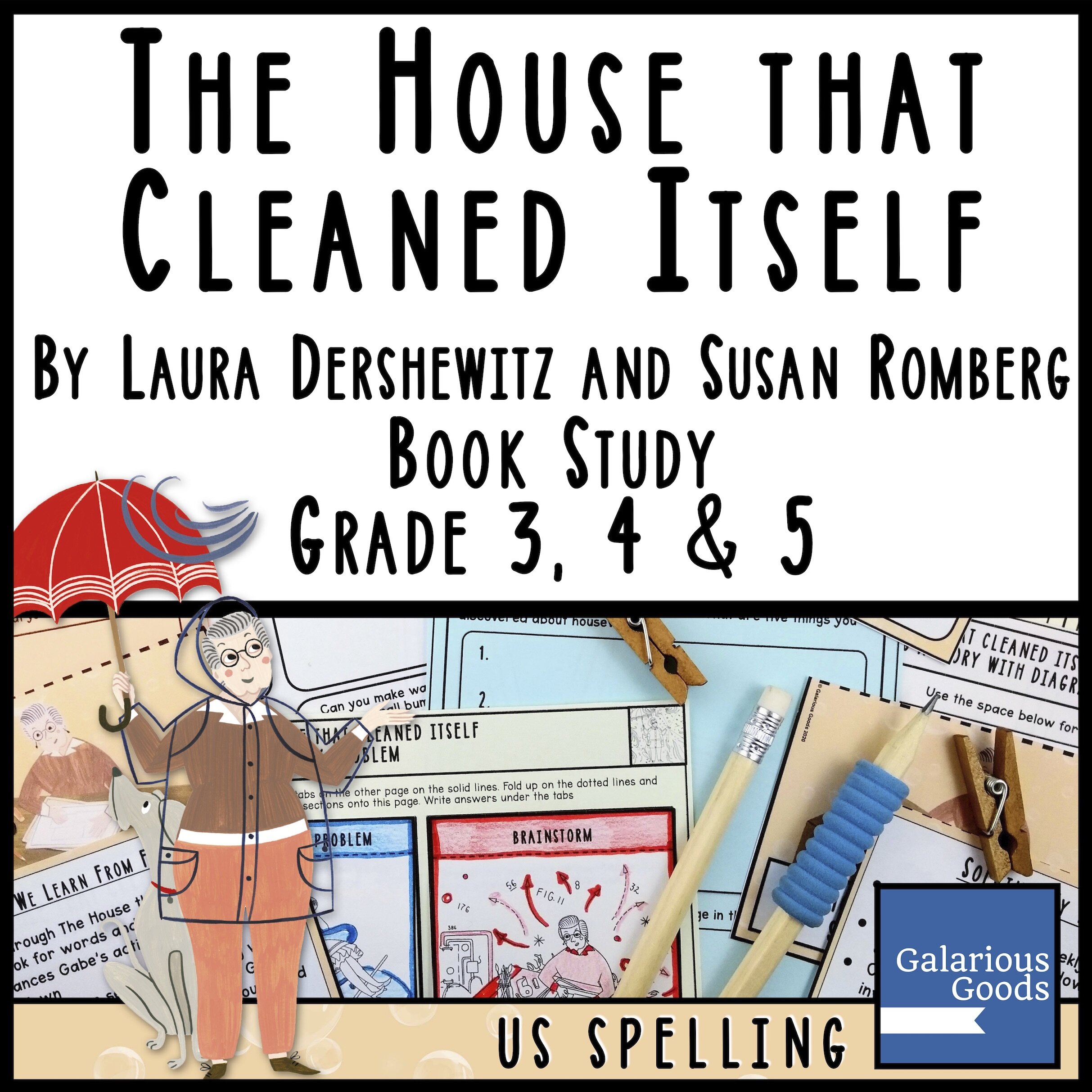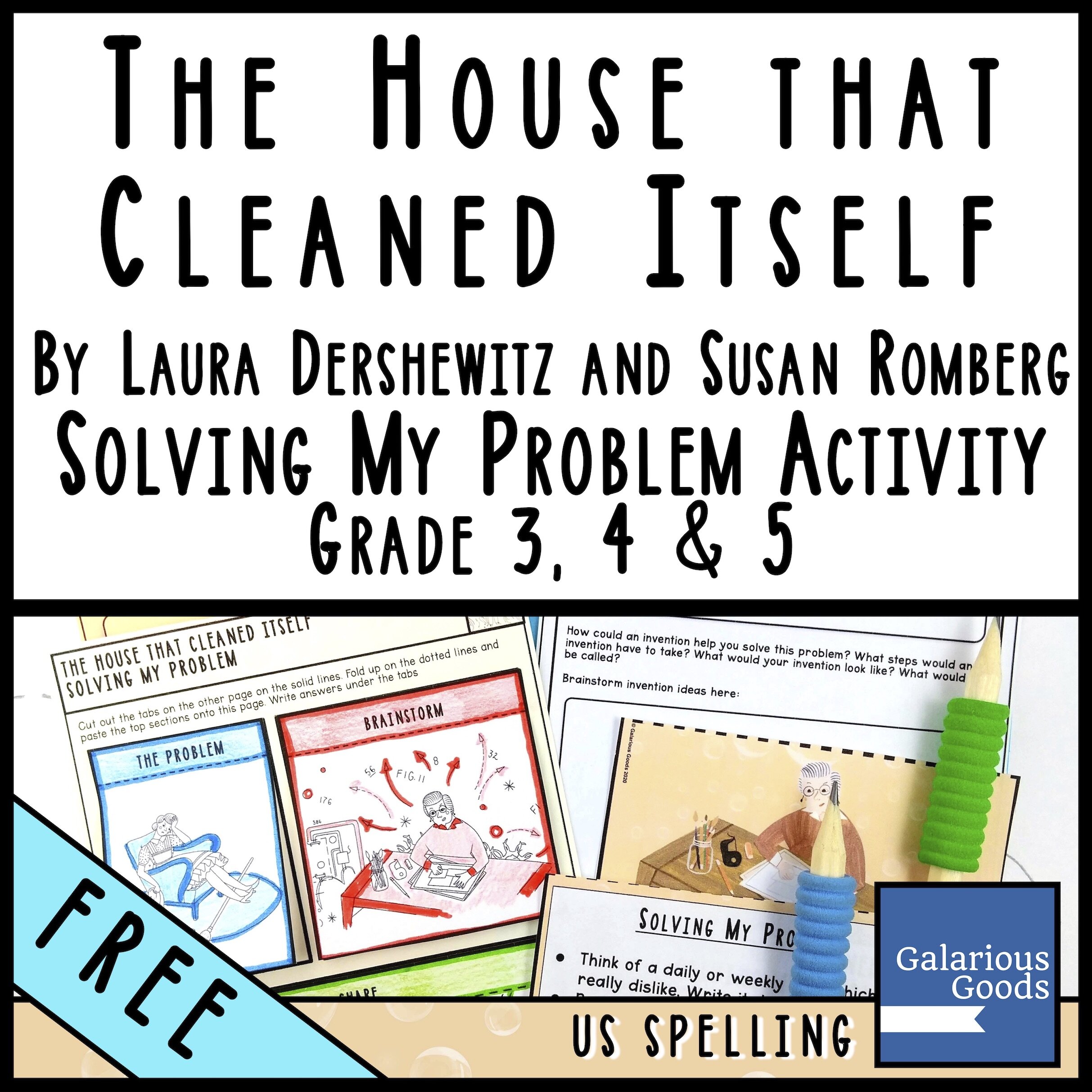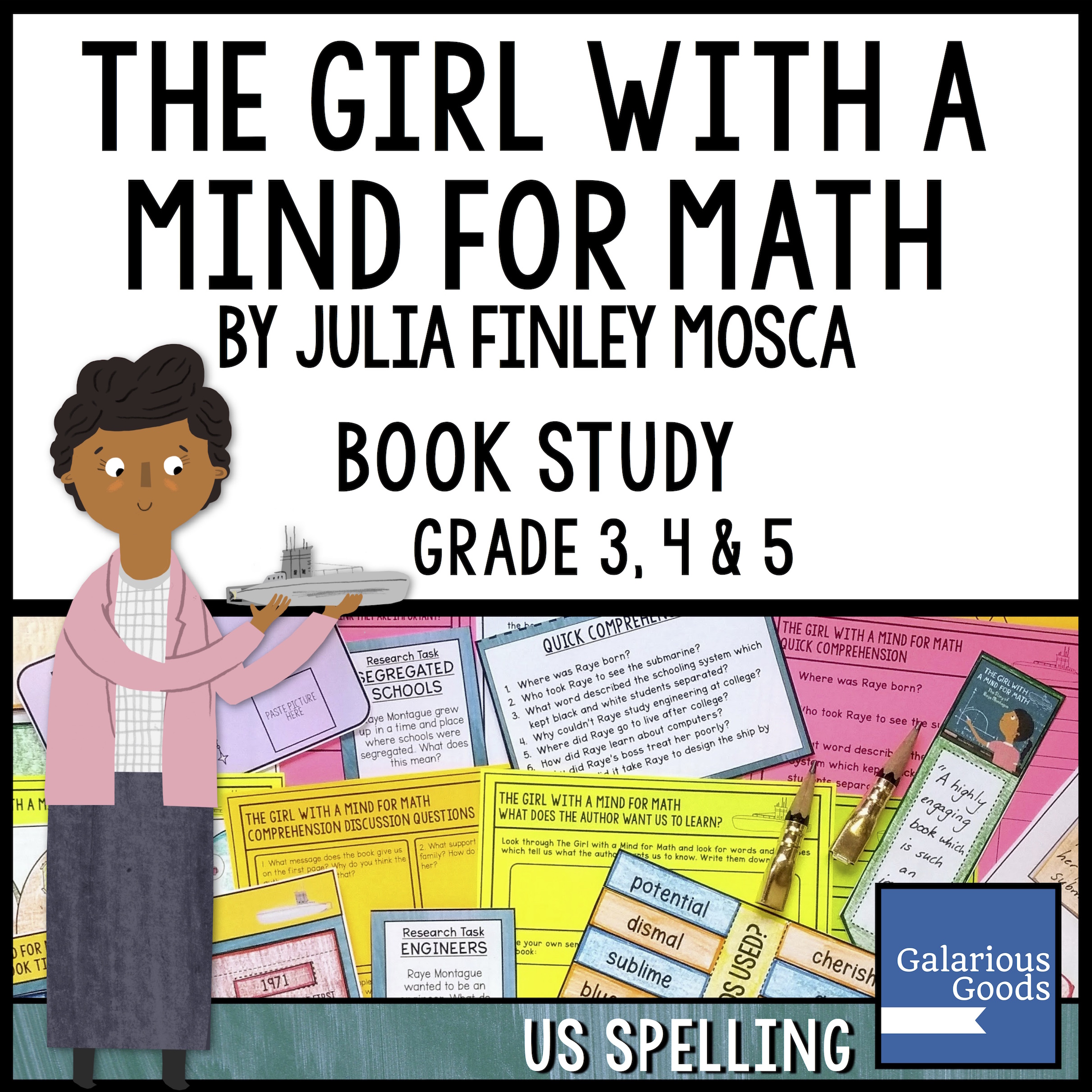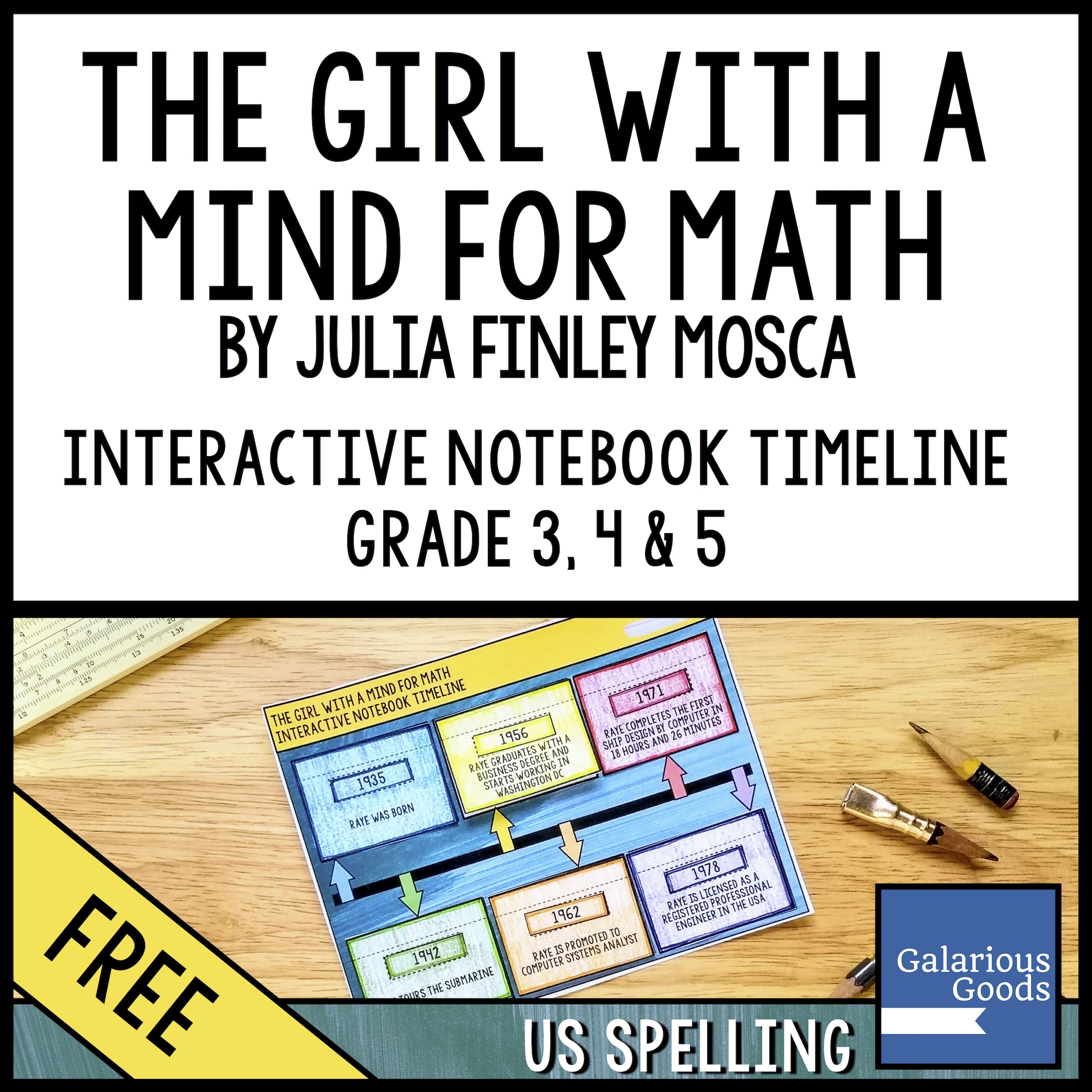5 Reasons to Explore The House that Cleaned Itself in the Classroom
/Frances Gabe was tired of cleaning her house. So she experimented with cleaning tools and designed and invented and adjusted her designs until she had a house that cleaned herself.
This real-life story is brought to life in the amazing picture book The House that Cleaned Itself by Laura Dershewitz and Susan Romberg. It’s a lovely and engaging book, perfect for the classroom. Here’s some reasons you should be exploring it in your classroom.
1. It’s a great biographical picture book
I adore biographical picture books. I love the way they highlight the lives of interesting people - both well known people and those who should be better known. I love the way authors manage to use limited space and words to explore complex lives.
In the classroom biographical picture books show students how you can tell real stories through a familiar medium. They’re an accessible way of learning about the subject - using words and illustrations to allow students to gain a better understanding or inspiring students to undertake further research and reading about the subject. They allow students to get a good understanding of why the subject is important, why they are being written about, before they get into the details of how they got there.
The House that Cleaned Itself is one of the best biographical picture books I’ve read. It’s incredibly clear - we meet our subject, see her problem, see how she works on that problem. She can see why she is remarkable and what challenges she faced. We can also read between the lines to see why she undertook these projects and what kind of person she was. We can wonder who else is similar to Frances Gabe and what qualities we would like to emulate ourselves.
We can also use this book as a template for biographical picture books of our own. This would be especially useful if you were researching inventors or scientists who have worked to solve problems.
2. There are so many opportunities for science exploration
The House that Cleaned Itself shows us that Frances Gabe didn’t just jump in and start inventing. Instead she did a whole lot of research, experimenting to see how different chemicals worked and hypothesising how she might use them.
There are so many science questions raised in the book which we can explore in the classroom. We can look at how water works and how it can be guided and moved in different ways. We can explore how we can effectively drain water from a space and even how we could collect and reuse water.
Frances Gabe also explored how she could protect belongings in her house. This is a great exploration we can continue in the classroom. We can experiment with the impacts of water on different surfaces - what it does when it touches or rests on paper or cloth or wood. We can experiment with different forms of waterproofing and make recommendations to use in a self-cleaning house.
Cleaning products is another area students can experiment with. During the 20th century cleaning became more scientifically influenced, especially as new machines and new cleaning products were invented. Students can experiment with different dishwashing methods or products, different ways of getting stains out of cloth even different methods of cleaning marks off a ‘wall’ surface. This is particularly good for exploring cleaning ‘old wives tales’ and whether natural kitchen products can clean as well as commercial cleaning products (and there’s an environmental angle students can also explore).
3. The book is all about design
Design is such an exciting subject to explore in the classroom. The House that Cleaned Itself is a perfect introduction to design thinking. Frances Gabe identified a clear big problem (she hated cleaning her house) but also lots of smaller problems (how would she clean her dishes? How could she protect her books? How would she drain the floor?). She experimented and brainstormed solutions and built prototypes. She engaged in troubleshooting when something didn’t work and went back and tried again.
Students can reflect on the design process as they tackle their own design challenges. They can talk about big design problems - in their homes or classrooms, in their local community, in the world - and identify smaller problems which they can design solutions for. They can experiment, brainstorm and design. They might troubleshoot and fix issues, not being discouraged when something goes wrong.
4. The illustrations are perfect for further exploration
Meghann Rader’s beautiful illustrations are well worth exploring. Inspired by technical drawings, they tell us so much about Frances Gabe and the activities she was undertaking. Students can compare the drawings of Frances Gabe and the differences between the beginning of the book and later in the book. They can look at how the illustrator has used line to show movement - of water, of plants and of ideas. They can examine technical drawings and compare them to the illustrations - and use this style to create their own illustrations.
5. The additional material inspires more exploration
As with so many books from The Innovation Press, The House that Cleaned Itself includes additional material in the form of an authors’ note and bibliography. These easily prompt more questions for exploration - who are the other inventors who have worked out of their homes? How would Frances Gabe’s inventions be useful for NASA? Why was Frances Gabe’s invention mostly forgotten?
This additional material allows a deeper exploration and better understanding of the book and the subjects around it. It encourages students to take more time, to research issues raised in the book and additional material and to draw conclusions from this. It’s perfect for a classroom where students really think about books and the subjects they cover and it’s ideal for a classroom which values STEM education.
The House that Cleaned Itself is available from book retailers including Amazon and Book Depository. You can find more amazing books from The Innovation Press here.
If you’re exploring The House that Cleaned Itself in the classroom you can find a comprehensive book study here. You can also find a free activity from that book study here.


















